Answered step by step
Verified Expert Solution
Question
1 Approved Answer
9-Consider the prototype patterns given below: P P i.(5p)Are p and p2 orthogonal? ii.(10p) Use the Hebb rule to design an autoassociator network for
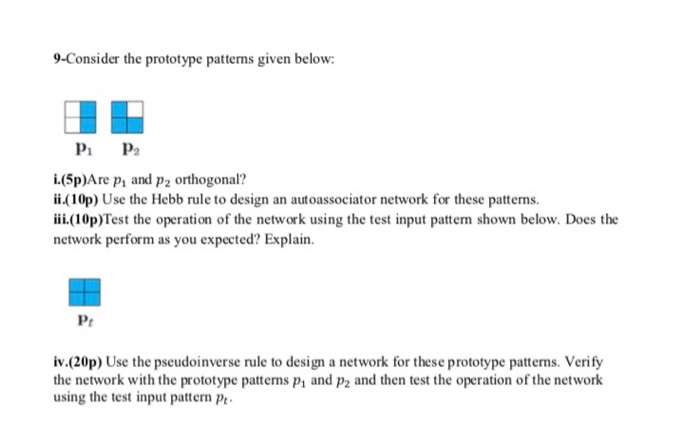
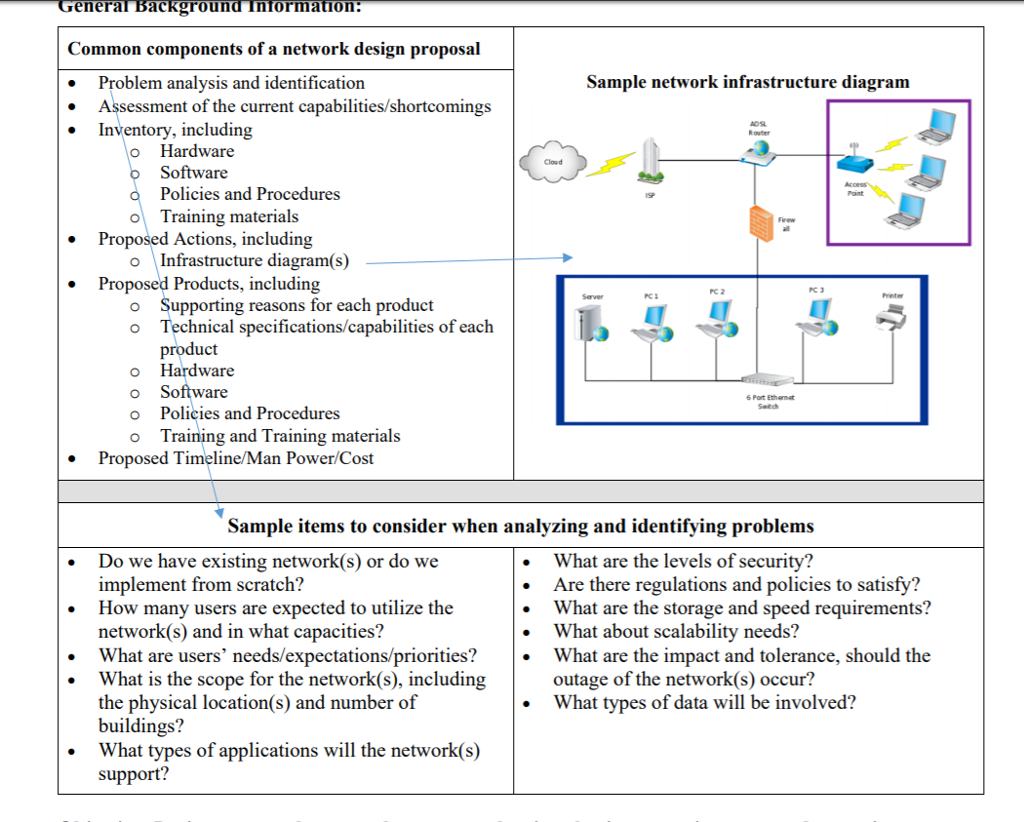
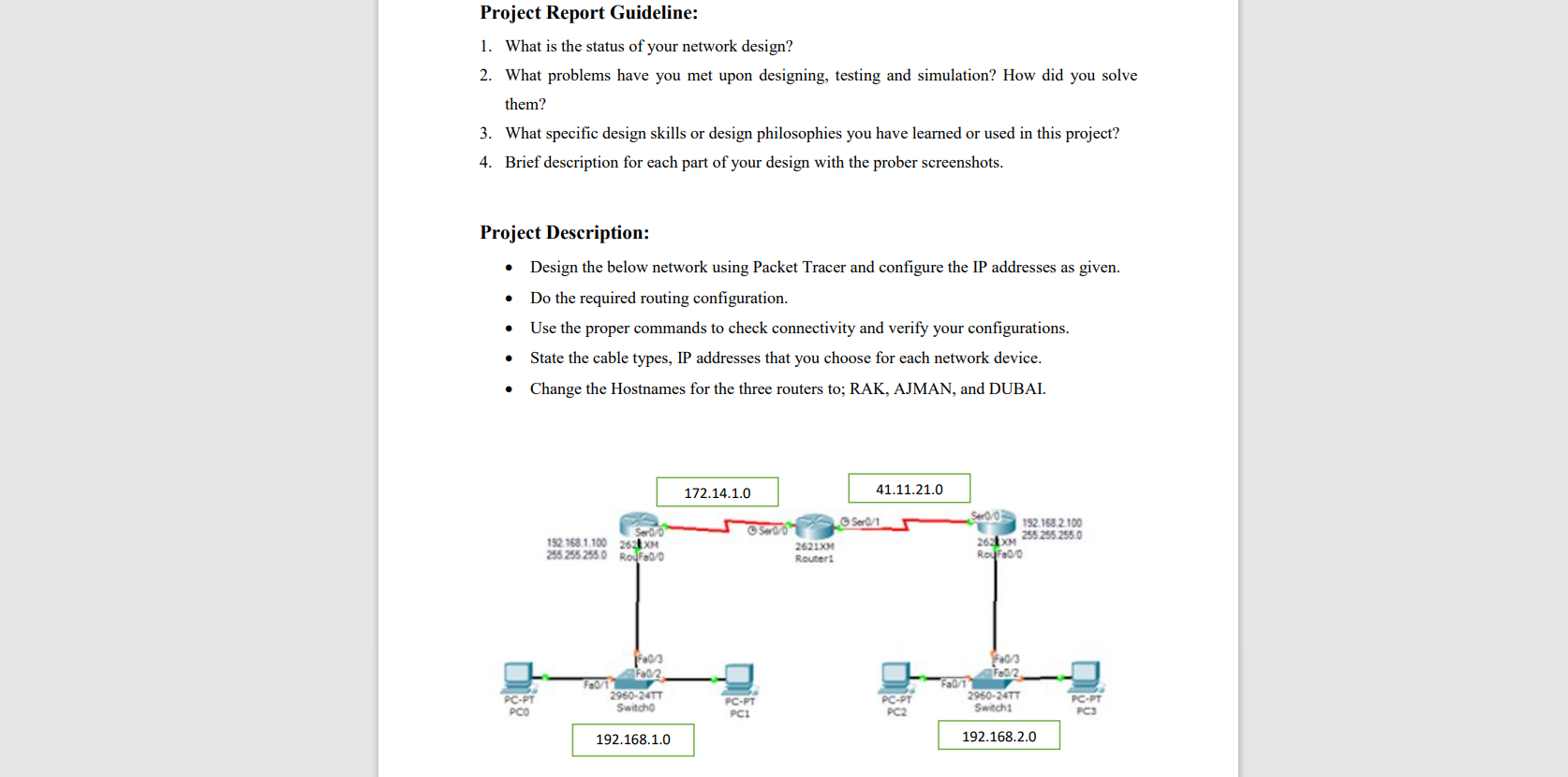
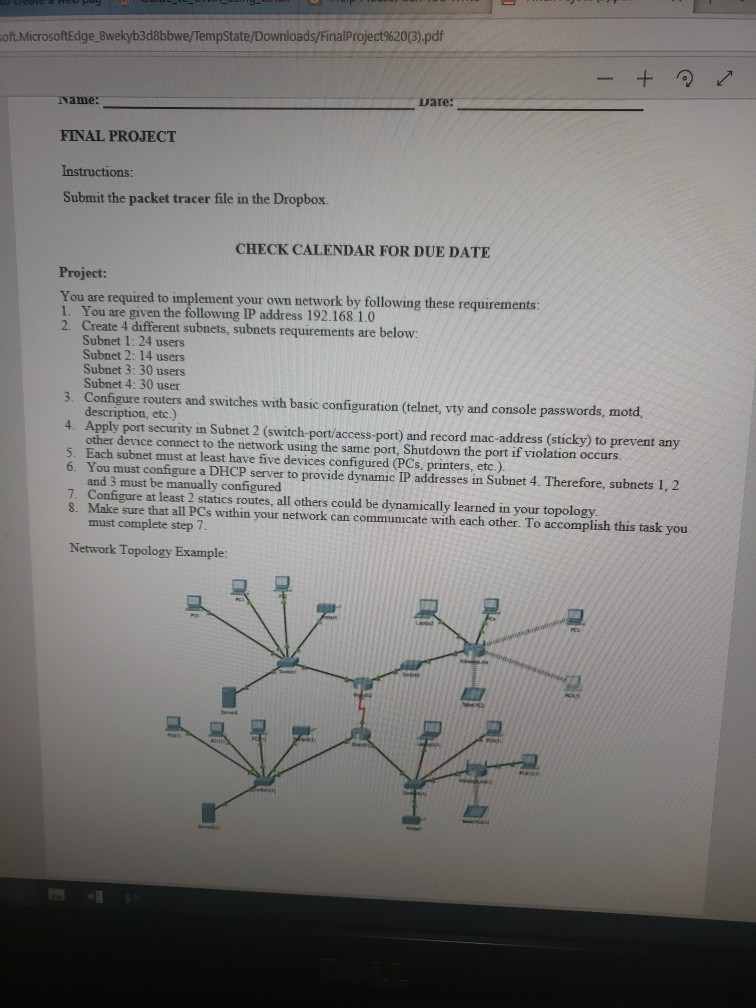
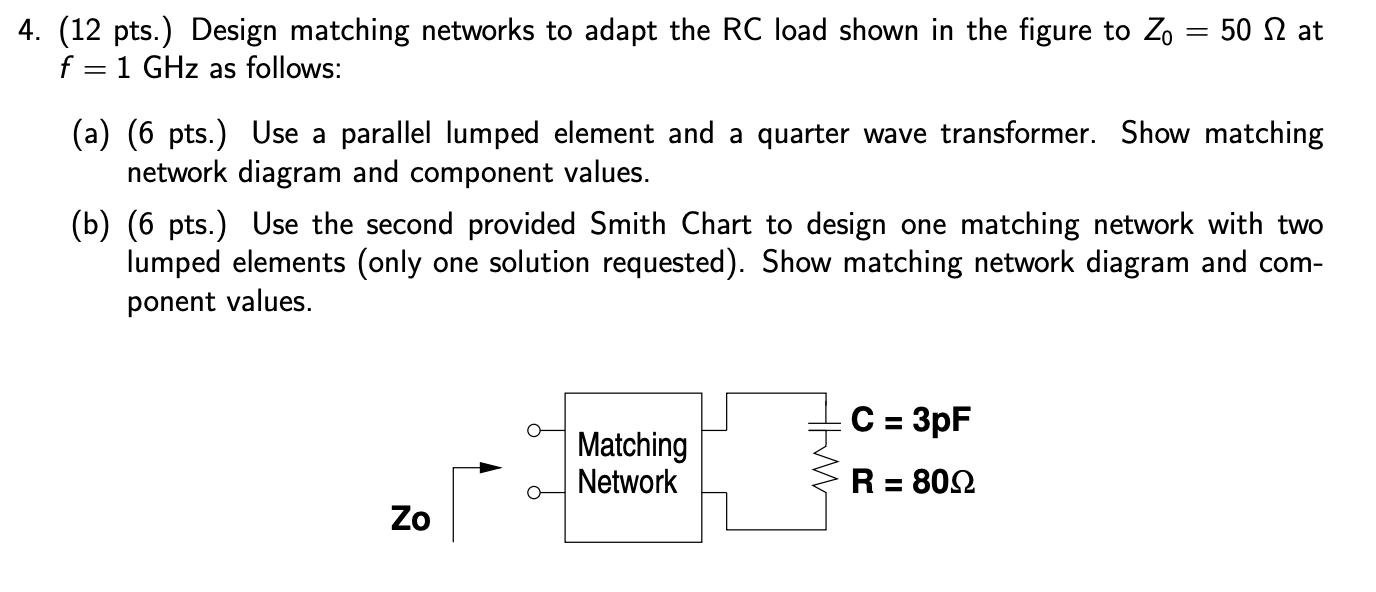
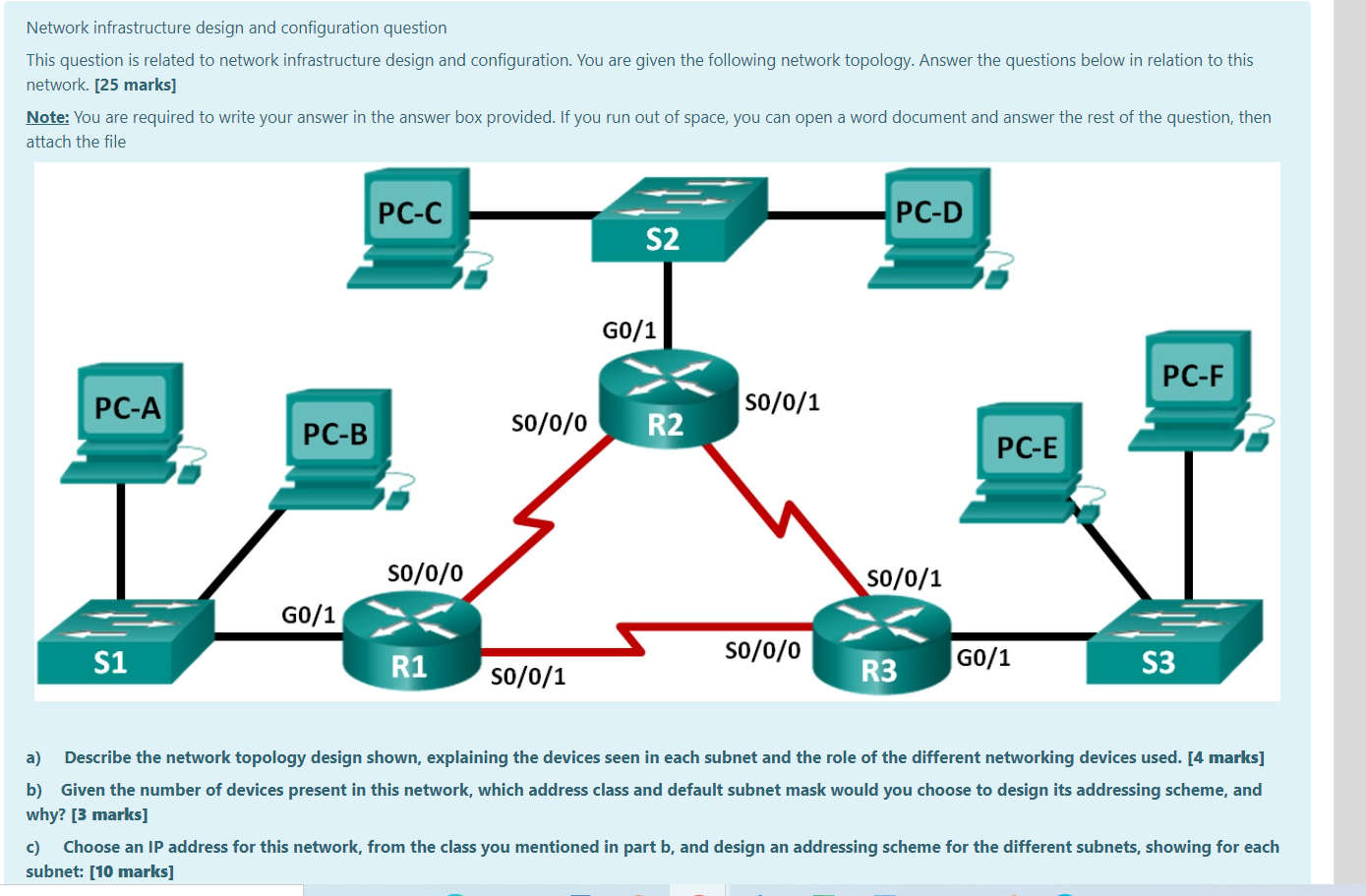
9-Consider the prototype patterns given below: P P i.(5p)Are p and p2 orthogonal? ii.(10p) Use the Hebb rule to design an autoassociator network for these patterns. iii.(10p) Test the operation of the network using the test input pattern shown below. Does the network perform as you expected? Explain. Pt iv. (20p) Use the pseudoinverse rule to design a network for these prototype patterns. Verify the network with the prototype patterns p and P2 and then test the operation of the network using the test input pattern pr. General Background Information: Common components of a network design proposal Problem analysis and identification Assessment of the current capabilities/shortcomings Inventory, including O Proposed Actions, including Hardware Software Policies and Procedures Training materials O Infrastructure diagram(s) Proposed Products, including o Supporting reasons for each product O Technical specifications/capabilities of each product O Hardware O Software a Policies and Procedures o Training and Training materials Proposed Timeline/Man Power/Cost O Do we have existing network(s) or do we implement from scratch? How many users are expected to utilize the network(s) and in what capacities? What are users' needs/expectations/priorities? What is the scope for the network(s), including the physical location(s) and number of buildings? What types of applications will the network(s) support? . Cloud Sample network infrastructure diagram Server PC1 PC 2 Firew Sample items to consider when analyzing and identifying problems What are the levels of security? Are there regulations and policies to satisfy? What are the storage and speed requirements? What about scalability needs? What are the impact and tolerance, should the outage of the network(s) occur? What types of data will be involved? 6 Port Ethernet Switch PC 3 Access Point Printer Project Report Guideline: 1. What is the status of your network design? 2. What problems have you met upon designing, testing and simulation? How did you solve them? 3. What specific design skills or design philosophies you have learned or used in this project? 4. Brief description for each part of your design with the prober screenshots. Project Description: Design the below network using Packet Tracer and configure the IP addresses as given. Do the required routing configuration. Use the proper commands to check connectivity and verify your configurations. State the cable types, IP addresses that you choose for each network device. Change the Hostnames for the three routers to; RAK, AJMAN, and DUBAI. PC-PT PCO Ser0/0 192.168.1.100 262 XM 255 255.255.0 RouFa0/0 Fa0/1 Fa0/3 Fa0/2 2960-24TT Switcho 192.168.1.0 172.14.1.0 PC-PT PC1 Serd 41.11.21.0 L Seri/1 2621XM Router1 PC-PT PC2 Fa0/1 Ser0/0 192.168.2.100 262XM 255.255.255.0 RouFa0/0 Fa0/3 Fa0/2 2960-24TT Switch1 192.168.2.0 PC-PT PC3 soft.MicrosoftEdge 8wekyb3d8bbwe/TempState/Downloads/FinalProject%20(3).pdf Name: FINAL PROJECT Instructions: Submit the packet tracer file in the Dropbox. Subnet 2: 14 users Subnet 3: 30 users Subnet 4: 30 user Project: You are required to implement your own network by following these requirements: 1. You are given the following IP address 192.168.1.0 2. Create 4 different subnets, subnets requirements are below: Subnet 1: 24 users Date: CHECK CALENDAR FOR DUE DATE 3. Configure routers and switches with basic configuration (telnet, vty and console passwords, motd, description, etc.) JU + 4. Apply port security in Subnet 2 (switch-port/access-port) and record mac-address (sticky) to prevent any other device connect to the network using the same port, Shutdown the port if violation occurs. 5. Each subnet must at least have five devices configured (PCs, printers, etc.). 6. You must configure a DHCP server to provide dynamic IP addresses in Subnet 4. Therefore, subnets 1, 2 and 3 must be manually configured 7. Configure at least 2 statics routes, all others could be dynamically learned in your topology. 8. Make sure that all PCs within your network can communicate with each other. To accomplish this task you must complete step 7. Network Topology Example: AU = 4. (12 pts.) Design matching networks to adapt the RC load shown in the figure to Zo f = 1 GHz as follows: (a) (6 pts.) Use a parallel lumped element and a quarter wave transformer. Show matching network diagram and component values. (b) (6 pts.) Use the second provided Smith Chart to design one matching network with two lumped elements (only one solution requested). Show matching network diagram and com- ponent values. Zo 50 at Matching Network C = 3pF R = 800 Network infrastructure design and configuration question This question is related to network infrastructure design and configuration. You are given the following network topology. Answer the questions below in relation to this network. [25 marks] Note: You are required to write your answer in the answer box provided. If you run out of space, you can open a word document and answer the rest of the question, then attach the file PC-A S1 PC-B GO/1 PC-C s0/0/0 R1 S2 SO/0/1 GO/1 s0/0/0 R2 SO/0/1 so/0/0 PC-D SO/0/1 R3 PC-E G0/1 PC-F S3 a) Describe the network topology design shown, explaining the devices seen in each subnet and the role of the different networking devices used. [4 marks] b) Given the number of devices present in this network, which address class and default subnet mask would you choose to design its addressing scheme, and why? [3 marks] c) Choose an IP address for this network, from the class you mentioned in part b, and design an addressing scheme for the different subnets, showing for each subnet: [10 marks]
Step by Step Solution
There are 3 Steps involved in it
Step: 1

Get Instant Access to Expert-Tailored Solutions
See step-by-step solutions with expert insights and AI powered tools for academic success
Step: 2

Step: 3

Ace Your Homework with AI
Get the answers you need in no time with our AI-driven, step-by-step assistance
Get Started


